Ten common questions coffee novices ask themselves during their learning process.
Professional coffee knowledge exchange more coffee bean information please follow the coffee workshop (Wechat official account cafe_style)
In order to become a coffee, we must first understand some basic knowledge. Here are the questions that often arise in the process of coffee novice learning. Now let's summarize and sort them out.
[set of questions]:
1. I'm a novice. What kind of coffee is suitable for me?
A: the taste of coffee is suitable for both beginners and veterans.
Different utensils used when brewing, different brewing process, will also cause different taste, but for a person who has never studied coffee, especially those who are just beginning to come into contact with coffee tasting, many people do not like sour coffee. I like coffee that is very mellow and even has a strong taste. The key to getting started with coffee tasters can start with balanced American beans or Asian beans.
When choosing coffee, newcomers can start with balanced American beans, coffee rookies advanced Level 1 | the characteristics of coffee in the top ten American producing regions, starting with balanced American beans.
You can try more, African, American, Asian, do not be afraid to drink or do not like to drink, only after drinking a certain amount of coffee, you will slowly find your favorite type.
2. What is individual coffee?
Answer: single product coffee refers to the coffee made by coffee beans from a single origin, called single product coffee, which is related to the origin. It can also be divided into boutique coffee and non-boutique coffee, and individual coffee can also be divided into commercial grade and boutique grade.
With different regional conditions, coffee beans will have obvious regional characteristics, and the flavor characteristics of coffee beans produced in the three boutique coffee producing areas of Asia, Africa and America are also different, which is the charm of fine coffee.
3. Is black coffee a single coffee?
A: black coffee refers to coffee that does not add any sugar and cream. Yes, a single product is black coffee, but black coffee is not necessarily a single product. Some blended coffee is also suitable for hand brewing and siphoning, and it is also black coffee, but the beans used are not individual products.
4. What is fancy coffee?
A: fancy coffee is commonly seen as cappuccino, latte and mocha. The coffee is made by using Espresso as the base, and then making foam from milk through steam, plus other additions.
Fancy coffee is made with mixed beans to make the taste more balanced and rich. Cappuccino and latte are different in practice and do not belong to two types of coffee, so don't put the coffee name in the fancy style into which kind of coffee.
Latte (latte) and cappuccino
It means "milk" in Italian, so ordering a latte in Italy will only give you a cup of milk, not coffee. Some cafes in China also have flavored lattes, such as matcha lattes and purple potato lattes. Remember, they don't contain coffee.
Latte (one cup of 200ml): one espresso with 1 shot 30 ml + milk
Cappuccino (1 cup 180ml): single espresso 1 shot + milk + milk foam
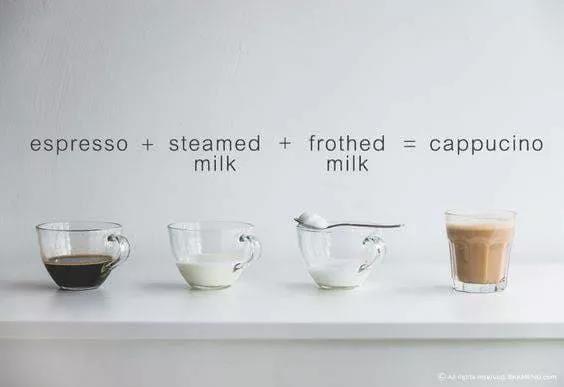
5. How do you classify coffee?
A: individual coffee and blended coffee are made from one single kind of coffee beans and the other from several different producing areas. The general single product and espresso is different in practice, one is the general hot water extraction, the other is through steam pressure extraction.
By region, African beans, American beans, Asian beans and island beans
According to the variety, it can be divided into Arabica, Robusta and Liberica.
6, is the coffee made by American drip filter is American coffee?
A: American coffee is made of Espresso and water. The principle of American drip filtration is probably the same as that of hand brewing. It is also true to say that American coffee is American coffee. Black coffee is more accurate.
7. What kind of utensils are suitable for brewing individual coffee?
A: it's too much. You can make a single cup of coffee by hand, a French press, a siphon pot, a smart cup, or Elle pressure.
Are all the domestic coffee beans imported?
A: the main coffee-growing areas in China are Yunnan and Hainan. In addition, most of the coffee beans, such as Manning and Blue Mountain, are imported.
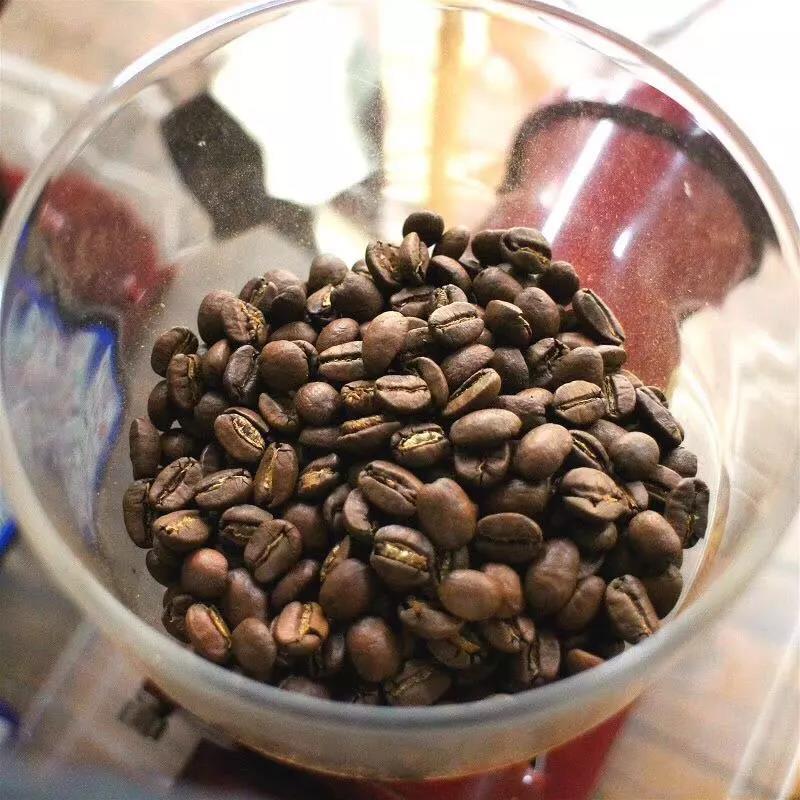
9. For beginners in coffee, is it good to choose hand grinding?
With regard to the relatively uneven hand grinding, mainly because of the design of the grinding plate, most of the hand grinding uses a tapered knife, which is characterized by fast but uneven grinding, and the relatively uniform grinding is parallel sharpening, but parallel grinding is also characterized by slow speed, that is to say, it takes 3-5 times longer to grind the same number of grams of powder, so hand grinding basically does not use parallel grinding.
Parallel grinding knife, you can think of the stone grinding of flour in rural areas, by adjusting the distance between the upper and lower grinding plates to control the powder thickness, high precision and uniform grinding. Most of the hand grinding is a tapered grinding knife, which is grinded through the channel of the daughter grinding plate, because of the great difference between the upper and lower parts of the grinding knife, the grinding speed is fast but the precision is low. Hand bean grinder because there is no scale prompt, so to change a thickness, such as from the normal pressure to the thickness of the siphon pot, you need to grope for adjustment, wasting some time and beans.
The price of the entry hand mill is very cheap, but the coffee powder is not uniform, and there are many fine powders, so it is not cheap at all, which is similar to that of a household electric mill. Please refer to: hand mill evaluation | take the hand mill commander as an example, how to adjust the grinding degree?
10. Why is the coffee sour? Why is the coffee so bitter?
A: the sour and bitter of coffee has a lot to do with roasting. To put it simply, the shallower the baking is, the more sour it is, and the deeper the baking is, the more bitter it is. For the same kind of coffee, different roasters want to express different things and different roasting degrees, resulting in some sour and some bitter. But not all coffee is suitable for shallow or deep roasting, there is usually a general baking range, as long as it falls within this range, it will taste good.
For example, Yejia Xuefei coffee, from the end of the first explosion to stop baking before the second explosion, will have a good taste, just depending on what you like, but few people bake it until the second explosion is dense. Manning, on the contrary, most people are used to baking it to medium-deep baking, or second explosion, so it is baked according to the character of the beans.
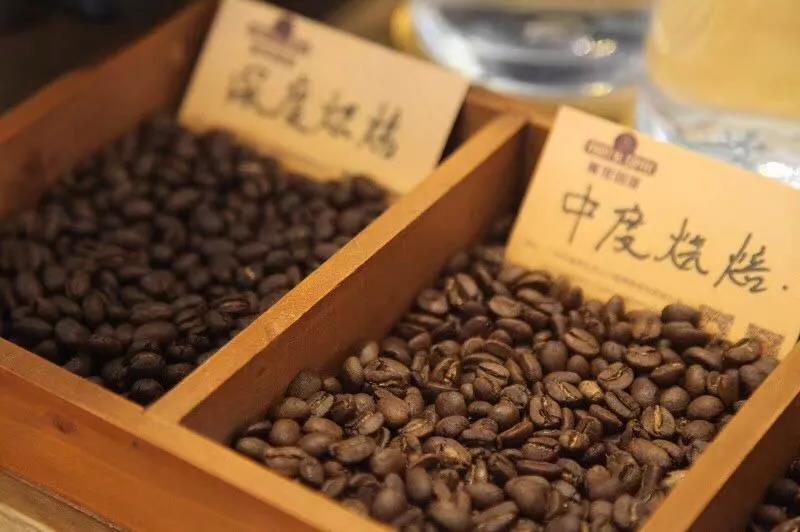
How can I keep the coffee I bought?
Answer: if you can't finish it in a short time, you can seal it in a cool place. You don't need to put it in the refrigerator. Take out the right amount every time you drink it.
How long is the shelf life of coffee beans?
Answer: the domestic shelf life is generally 365 days, coffee beans sealed, put a year is not dead, mainly with the passage of time, the taste of beans is getting worse and worse. It is recommended that everyone's beans should be eliminated within 3 months if they are well preserved, and it would be better to drink them within 1 month.
Is the flavor period of coffee beans 15 days?
From the experience of the baker, the taste period of coffee beans is about 15 days (specifically look at the baking degree), that is, after the bean cultivation period, 7-20 days from the baking date is regarded as the flavor period, that is, the taste period.
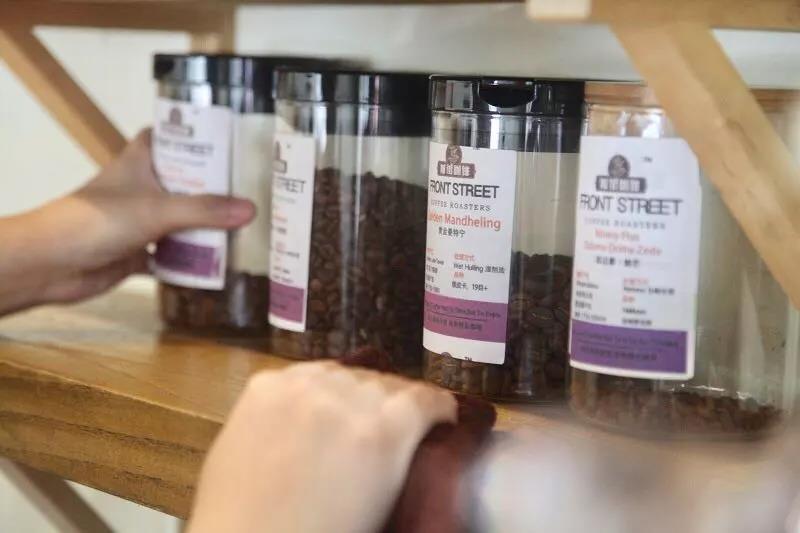
Do 15 of the beans need to be "nourished"?
A: in fact, coffee beans can be drunk as soon as they are roasted. The roasting date of coffee beans represents freshness. Usually beans baked within 2-3 days can be called fresh coffee beans. However, baking and buying is not actually the best time for beans, mixed with the smell of baked tobacco and the smell of beans themselves.
Just baked ripe beans have a commonly known "dry feeling", the main performance is that the sour taste is more sharp, not round, sweet feeling has not reached a better state, some slightly astringent feeling hovering in the mouth. The baking process is a complex chemical and physical reaction process, as well as variables that we do not understand. But dryness is a real taste.
With the passage of time, the taste of beans will change, in general, the 7th day will reach a peak, and then tend to be more and more "insipid", the exciting taste will be smoothed by time. I suggest that if you want to drink the taste with better flavor, you still need to raise the beans, and then drink them at different times of the month to feel the changes in the taste of the beans.
"bean cultivation period"
The process of waiting for taste is the so-called bean cultivation (usually 3-4 days for single beans and 7-10 days for Italian beans)
16, hand flushing, siphon kettle, French pressure kettle, Philharmonic pressure, mocha kettle and other powder to grind how thick?
A: this description is not intuitive in language, and many people still don't understand it after listening to it.
* rough grinding: the size is as big as coarse sugar, suitable for filter coffee.
* medium grinding: gravel-shaped, the size is between coarse sugar and granulated sugar, suitable for trickling (filter paper dripping) cooking.
* Fine grinding: size as fine granulated sugar, suitable for distilled coffee pot, electric coffee pot, mocha pot.
* very fine grinding: the size is between salt and flour, suitable for Espresso, Turkish coffee, because household grinders can not grind this texture, generally must buy ready-made grinding powder, so if you want to enjoy Espresso at home, it is best to drink a large amount of fresh coffee.
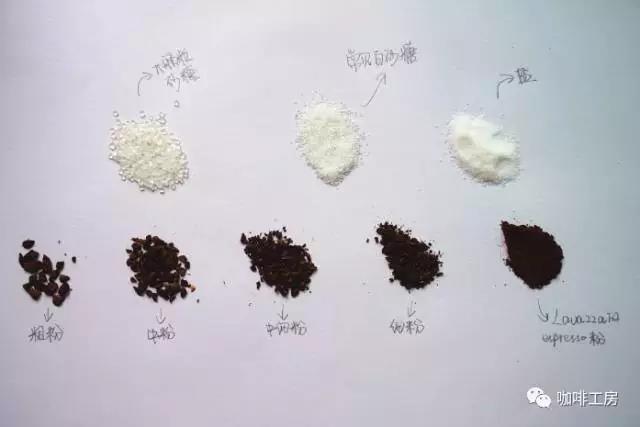
Reference: grinding degree distinction | how fine powder is used for hand punching? Distinguish between coarse powder, medium powder, medium fine powder, fine powder and very fine powder
17, what is the ratio of water to powder?
A: when people often talk about the powder-water ratio, is it the powder-to-water ratio or the powder-to-liquid ratio? Or to put it simply, we often recommend that the ratio of powder to water is 1:15. Does that mean 15 grams of water per gram of powder or 15 grams of coffee liquid per gram of powder?
Does it have to be 1:15 or 1:18? there is no standard answer. If everyone has different preferences for the concentration, the proportion of gouache varies. But there is an approximate proportion for reference, such as 10 grams of coffee powder, brewing 150~160ml coffee, if you think the coffee made at this ratio is light, put more powder or less water. This is just a simple adjustment method, the factors that affect the thickness of the coffee, as well as the thickness of the powder, water temperature, brewing time and so on.
Daily cooking | doubt about the ratio of powder to water. Is gold cup extraction calculated as the ratio of powder to water or the ratio of powder to liquid?
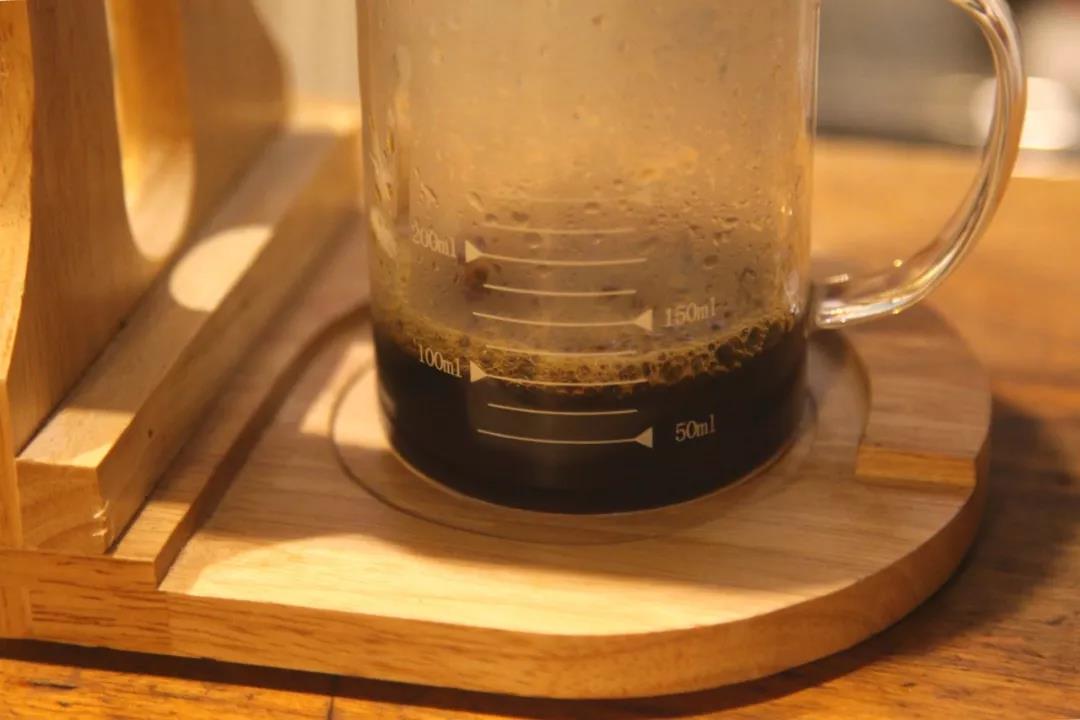
The coffee is out of oil, good or bad?
A: usually, deep-roasted coffee will produce oil, even if the beans just out of the pot do not produce oil, after a few days, the beans may begin to produce oil, which is a normal phenomenon. For oil-bearing beans, pay attention to preservation and eat as soon as possible.
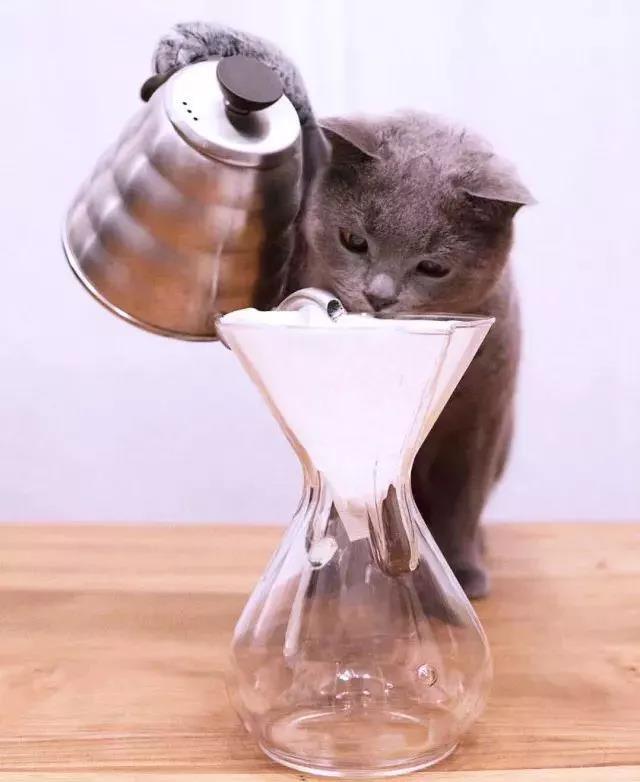
Popular science is here today. I hope it will be helpful to all of you.
Important Notice :
前街咖啡 FrontStreet Coffee has moved to new addredd:
FrontStreet Coffee Address: 315,Donghua East Road,GuangZhou
Tel:020 38364473
- Prev
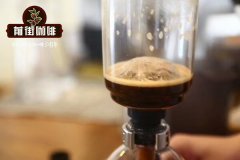
How does a siphon pot make a cup of coffee? How to use the siphon pot in the espresso pot
Professional coffee knowledge exchange more coffee bean information Please pay attention to the coffee workshop (Wechat official account cafe_style) Coffee brewing pot there are quite a variety of different utensils have their own functions and design concepts, such as simple and convenient and easy to operate filter pot; American trickling coffee machine can best meet the needs of office workers and families for instant taste. And the invention and principle of coffee utensils
- Next

Daily hand brewing | what is Mamba coffee? Classic Mamba match
Professional coffee knowledge exchange more coffee bean information please follow the coffee workshop (Wechat official account cafe_style) what is mamba coffee? Manning + Brazil = Mamba? I heard that Mantenin coffee has a sour taste, Brazil is bitter, a single product of coffee beans, there is no non-sour, but the degree of sour is not necessarily (because there is tannin in coffee) the classic Mamba blend is more deeply cultivated Mann.
Related
- What is the meaning of lactic acid fermentation with coffee bean treatment?
- How to judge the state of foam by sound?
- How does the latte pull out the unicorn pattern? Come to get for a little trick to improve the flower pull!
- Will flower pulling affect the taste of the latte?
- Do you know the history of coffee?
- The difference between honey treatment and sun washing what is raisin honey treatment?
- What kind of milk can a novice use to make coffee foam to keep the foam longer? The correct method and skills of milking tutorial sharing
- Why do washed coffee beans taste sour? Flavor characteristics of washed Coffee
- Introduction to the skill of how to practice the size and height of water injection around the circle of hand-brewed coffee
- How do beginners practice coffee flower drawing from scratch?

